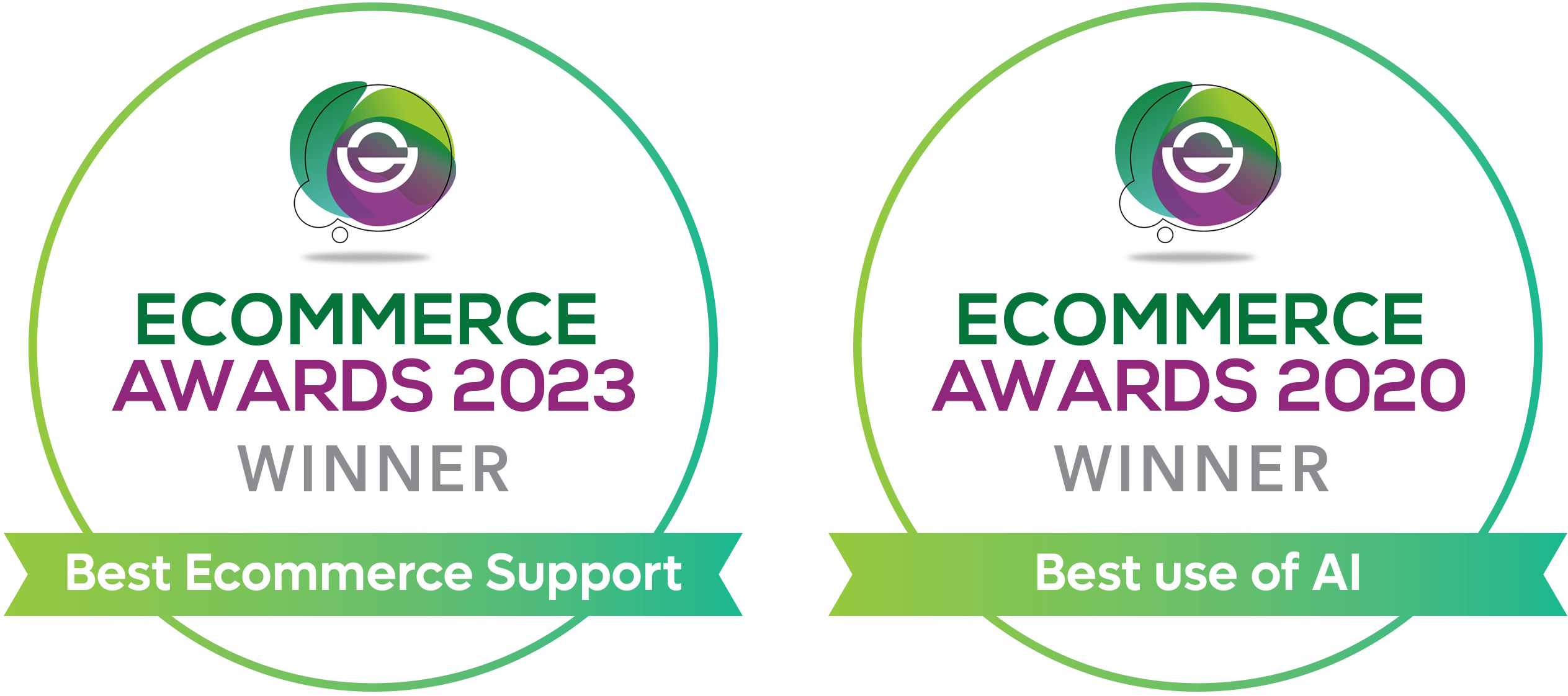Social Media Marketing ROI: Overcoming the Toughest Challenge of Measuring Success
When it comes to digital marketing, the toughest of challenges is measuring your social media marketing ROI (return on investment).
It’s not as straightforward as measuring the ROI of traditional marketing strategies. Consequently, many businesses struggle to understand how to track the success of their social media campaigns. Yet this is crucial to determine whether they are worth the time and resources you are investing in them.
If you are finding it difficult to measure the performance of your social and content marketing, you’re not alone. According to the Content Marketing Institute:
- 42% of marketers say their biggest challenge is to develop consistency with measurement
- 49% say they are challenged to align their content marketing across sales and marketing
- 61% say their companies are not using the right technology
The answer? You will need to find a modelling approach that can value social media exposures (impressions) and not just the clicks, likes and shares.
What is social media marketing ROI and why does it matter?
ROI (Return On Investment), or ROAS (Return On Ad Spend), is a metric that measures the payback that you get for a specific marketing campaign or strategy.
It is typically calculated by dividing the revenue generated by the campaign by the cost of the campaign, with the result is expressed as a single number, money value or sometimes as a percentage. The higher the value, the better the return on investment. An ROI of less than 1.0, means you are getting less revenue back than the campaign actually costs you: you are wasting money!
Do I really need to measure social media ROI when the ‘true’ value is uncertain?
Some people argue that social media is a branding medium and so should not be measured using ROI at all, with brand value being intangible and uncertain. This assumes that the branding aspect of social media cannot be measured in terms of hard sales.
Our response is that, while this may be true in regards to building long term brand awareness, few companies can afford to spend money on ads that do not lead to sales in the short to medium term. So we help companies understand if they can justify that spend, and to make sure they are not wasting precious marketing budgets.
Social media IS different to other digital channels, and it is understandable that brands might be reluctant to compare social media marketing to performance activity like PPC, on a like for like basis. Even so, they do still need a way to compare one social media campaign to another, to understand the relative value, and is also important to measure the role of social within the marketing funnel, where an effective social campaign should lead to increased interest that is monetised through other channels, like paid search.
So, by measuring social marketing ROI, you can determine which campaigns and strategies are working and which ones are not. This critical information can be used to decide how to invest your marketing budget for the best return overall, and how to optimise your social activity – reducing mistakes, avoiding costly poor-performing marketing strategies, and improving your bottom line.
However it is crucial to understand WHAT you are measuring and to maintain consistency in how you are measuring ROI.
So how exactly do you measure marketing ROI for social media?
Measuring marketing ROI can be challenging, and there are several key metrics that most businesses can use to track the effectiveness of their marketing, which relate to different stages in the conversion journey (the marketing funnel) . These include: website traffic, Lead generation, Conversion rates and Attributed Revenue.
Unfortunately, none of these will tell you want social media is worth.
The specific challenge with social media, display and video
The big issue is that certain channels, like social and video, generate value in a passive way, meaning that people view these ads and form opinions and expectations about the advertised brand, without necessarily doing anything that can be tracked online. In other words, they do not click on the ads, but the ads still have an impact.
So if you look at the top of the funnel, at website traffic, you will see very little in the way of visits directly from people who click on the ads before visiting the website. If they do not click, your analytics will not show that media as the traffic source.
In other words you have a problem of ‘mis-attribution’ whereby the visits you get from social media marketing actually appear as visits from other channels, such as Direct, or Brand Search.
It works like this: first, a potential buyer sees you ad, but does not click on it. Then, a bit later (could be minutes, hours or days) they are looking for a product that you sell, and they remember you ad or brand, and so they do a search and click on that to visit your site. None of the metrics listed above will attribute to your social media – traffic, leads, conversions and revenue – they all show up attributing increased activity back to the search click.
This problem is not new, even before the huge growth in social media and video, this was a problem for display ads, where click through rates have been falling for decades, even while ad spend on the channels has grown. Advertisers are used to spending money on activity like TV and print, and so are familiar with the idea that ads can generate brand impact which is hard to measure. Online we expect more, so as online becomes more like TV, some have said that measurement is going ‘back to the future’.
What has changed in recent years is that one measurement trick has been removed from the toolbox. This is the 3rd party cookie tracker, which has fallen into disuse following huge concerns around privacy. Until Apple released ios14, and various browsers changed their cookie settings, it used to be possible to track people who saw your ad but did not click, and actually link into the site traffic and sales, even if they did not click. This is no longer possible to the extent it once was.
The rise and rise of modelling
Statistical modelling has come to the rescue, combined with an increased awareness and availability of tools for incrementality testing (‘uplift tests’).
In the end, we have to accept that any kind ‘model’ of what works has to be better than flying blind. What is ironic is that it such modelling can actually be more accurate than the previous method of cookie tracking.
With cookies and tracking the problem is almost in reverse – there was over-attribution to impressions! Channels like Facebook/ Meta had to use a 1 day ‘look back’ window to help explain the huge numbers of sales apparently driven by customers who have only briefly viewed 1-2 impressions before making a purchase. Did the ad really cause the sale or not? All the hard questions about real sales impact, brand vs performance, and marketing incrementality, are not solved by tracking cookies.
So, in some ways the end of cookie tracking has actually been a benefit to analysts trying to measure social media ROI, by taking away the noise of ‘post impression’ conversions, or so called ‘view-throughs’.
Today, for impressions generated by social and display, at Metageni we use market mix modelling approaches to measure the reach and frequency of campaigns, their total audience and then analyse patterns in how the impressions influence sales over time.
We recommend backing these up with uplift tests, and support geo based testing as a way to validate social media ROI.
If it sounds tricky, well frankly it can be, but brands are now left with little choice. If you are reading this and looking for an easier way into it, then just remember to separate out the click effects form the impression effects and ask yourself all the same questions you might ask if you were advertising offline –
- Who are my audience?
- What do I really expect them to do in reaction to this campaign? (clue: not buy immediately they see the ad)
- What proportion of the audience will response over days and weeks vs immediately (clue: most of them)
- How do I account for the hidden impression and reach effects which underpin most of the value?
- How many times will they see my ads and how does frequency of exposure help drive greater value?
- How much of the lower funnel sales activity is actually driven brand awareness generated earlier?
In other words, think about your audience and customers, and how they actually behave, when you measure your impact for social media. You will soon come to understand that true ROI is much higher than just a few clicks on your social ads.
If you are struggling to measure the ROI of your social media marketing efforts, and wish to learn more about how custom attribution and marketing effectiveness could help transform your campaign success, then get in touch.
Get in touch with us for expert advice!
Thanks for reading – we hope you learned something through this high-level tour of marketing effectiveness methods. If you want to learn more about expert data analytics and custom attribution using machine learning, or are interested in how Metageni can help you use your data to grow online, then do get in touch with us: hello@metageni.com
Gabriel Hughes PhD
Does this article resonate with you? Check out other posts to the right of this page.
Can we help unlock the value of your analytics and marketing data?
Metageni is a London UK based marketing analytics and optimisation company offering a fully customised approach.
Please email us at hello@metageni.com















